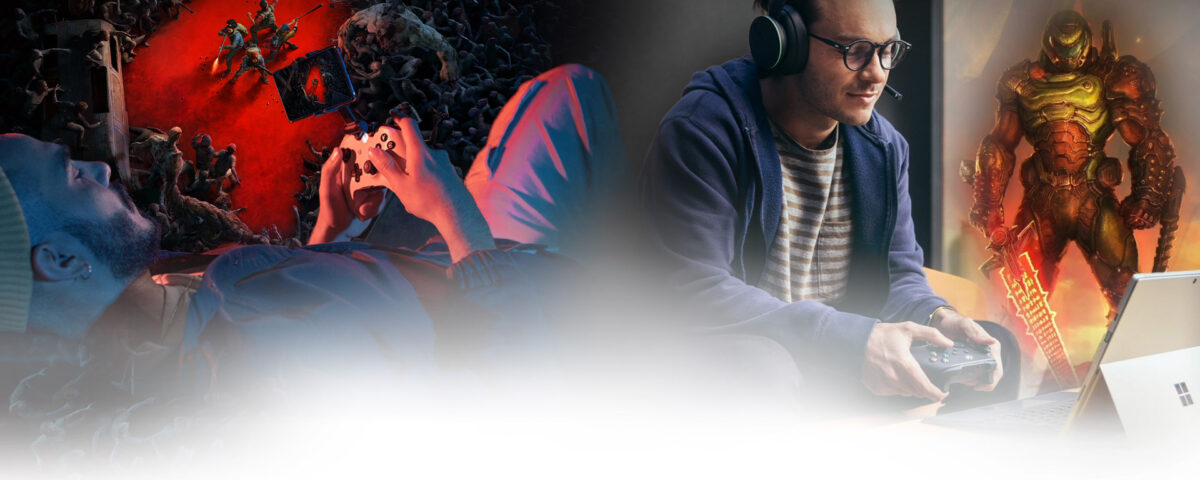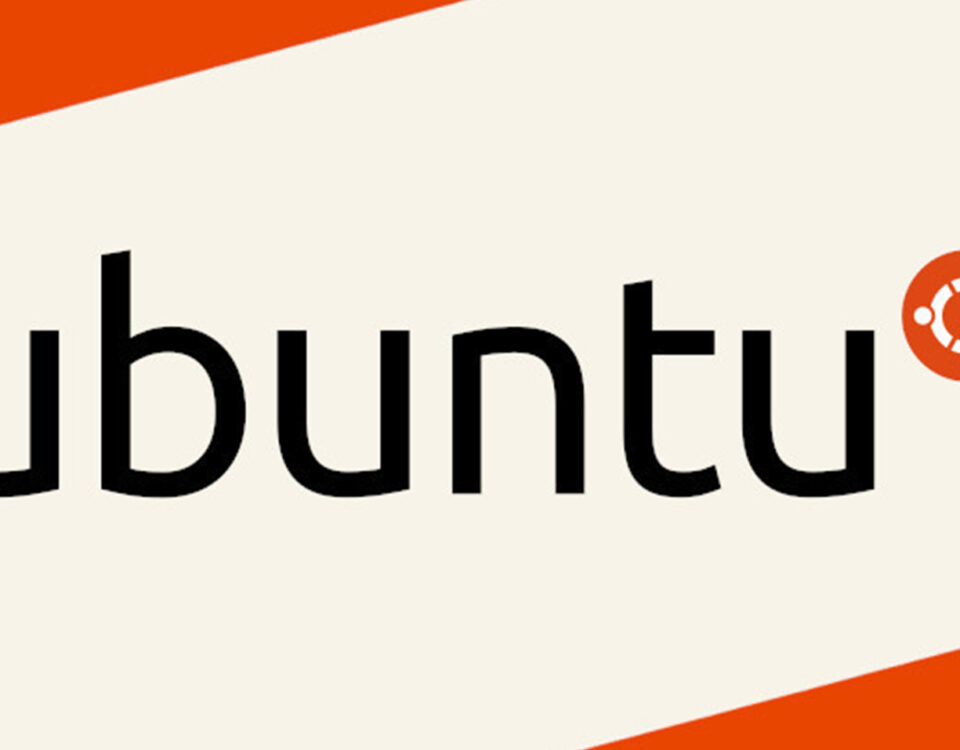What is Cloud Gaming?

AWS AppSync
15th November 2022
10 must know VSCODE shortcuts and tricks
30th November 2022
Google Stadia, Xbox Game Pass, and PlayStation Now have introduced a gaming term that would’ve been completely foreign a decade ago: Cloud gaming. The premise is simple. Instead of buying a console and a disc, you can stream a game to any display you own, a bit like Netflix. But what is cloud gaming, exactly? And more importantly, how does it work? software development company in Junagadh
Cloud gaming is a method of playing video games using remote servers in data centers. There’s no need to download and install games on a PC or console. Instead, streaming services require a reliable internet connection to send gaming information to an app or browser installed on the recipient device. The game is rendered and played on the remote server, but you see and interact with everything locally on your device.
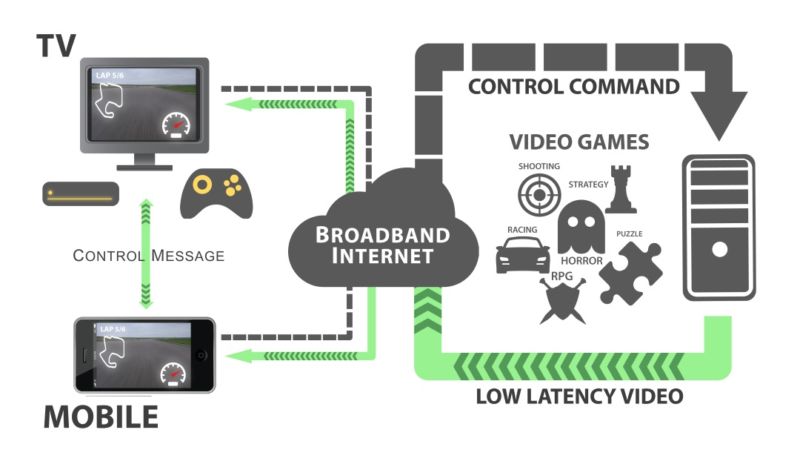
It’s just like Netflix or any other streaming platform. The only difference is that the server where the video stream is coming from can also pick up and react to your inputs. That means you don’t need a beefy RTX 30-series graphics card or a new Xbox Series X or PlayStation 5. With cloud gaming, all you need is a reliable internet connection.
That opens up a lot of possibilities. You can grab a phone clip and play the latest AAA games on your phone or boot up a cloud gaming app on a Chromebook for some highly portable PC gaming. That’s why cloud gaming is exciting, but the tech hasn’t fully matured quite yet.
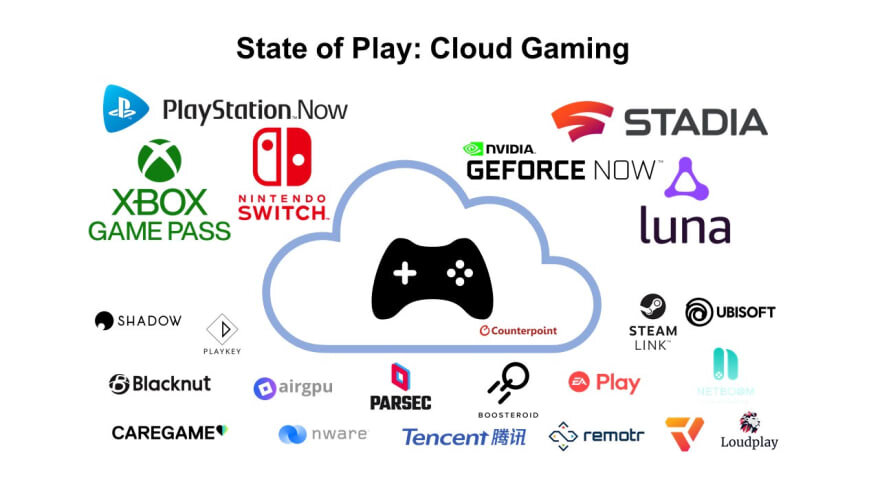
Cloud gaming — in most cases — requires a subscription paid on a monthly or yearly basis in order to access the content. With certain services, games must be purchased on top of that fee.
In the case of GeForce Now, the games you purchase come from other stores like Steam or Battle.net, meaning you can use them locally if you eventually purchase the necessary hardware. The catch is that you wait in a long line to stream these games, and then you can only play for a short duration. Upgrading to the subscription model puts you close to the front and grants more playtime.
Nvidia’s biggest competitor, Google Stadia, uses a different model. You can purchase games to own on Google’s platform and stream them to any compatible device in full HD — no wait times. The paid subscription bumps the resolution to 4K and adds a library of games you can play for “free” so long as you keep the subscription active, like Xbox Game Pass. However, unlike GeForce Now’s Steam-based roots, you can’t download and install these games locally.
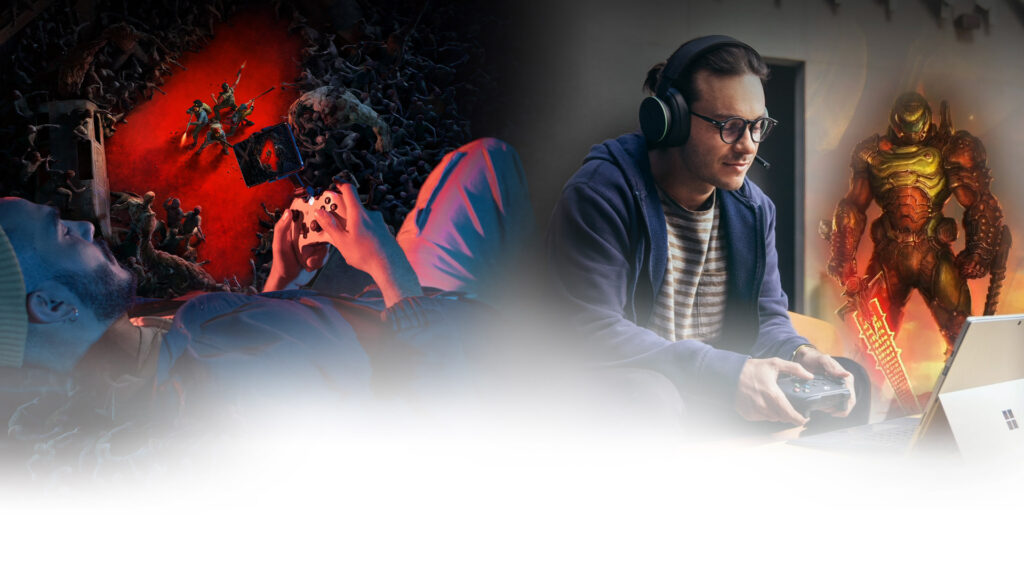
Cloud gaming services often provide dedicated or web-based apps to stream games. For example, Google Stadia is played through a web app on desktop PCs. Google also serves up a web app to play Stadia in Safari on Apple devices. Android has a dedicated app distributed through the Play Store. In all cases, gamers tap or click the Play button to start the streaming session.
Cloud streaming services are typically compatible with the latest controllers via Bluetooth, along with the traditional mouse and keyboard setup. On devices with touchscreens, like phones and tablets, you’ll also see an option to use on-screen controls. Even Google Stadia works with these inputs unless you’re streaming through the Chromecast Ultra, which currently requires Google’s $70 Stadia Controller.
On the cloud side, you essentially have access to a gaming PC in a data center. Each service handles its servers a little differently, though. Shadow cloud gaming service, for example, gives you access to a full Windows 10 machine in the cloud, while Microsoft’s Game Pass streaming basically uses a collection of Xbox One S consoles stuffed into a server rack. Regardless of the setup, you’re borrowing a small amount of computing horsepower from what is essentially a supercomputer.
The servers handle the game rendering while sending you a video stream of the end result. The wrench in this system is player input. Games update based on what the player is doing, and because of that, cloud gaming services need a two-way data street. Your inputs travel to the server, and the server sends back a video stream.
for more information contact XpertLab
similar blog click


